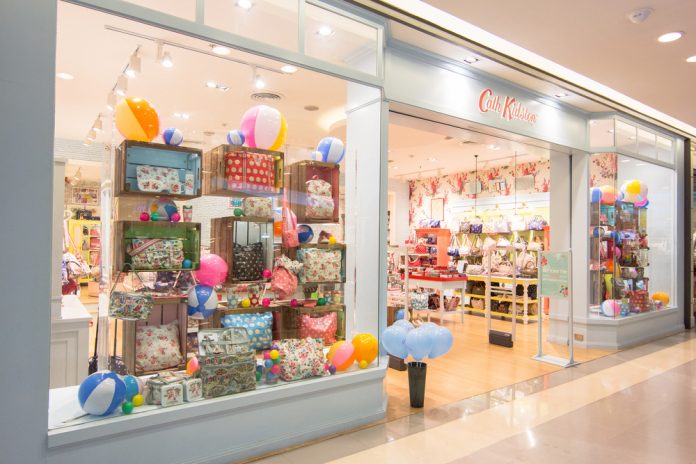Cath Kidston posted a surge in profits for the year ending March, boosted in part by a strong performance in overseas markets.
The British brand, which has become synonymous with floral, reported a 27.4 percent surge in underlying profits to £9.3 million in the year to 26 March.
As a result, turnover increased by just under 8 percent to £129.2 million as a result of an approximate 20 percent increase in overseas sales particularly in Asia.
“We’re having a good time across the board,” said its chief executive, Kenny Wilson. “They [in Asia] like pretty, feminine and floral so the aesthetic works very well, but they also like the essential Britishness of Cath Kidston.”
Back in October Baring Private Equity Asia acquired a majority stake in the brand, buying out previous owners TA Associates.
The new Hong Kong-based investment firm identified the Asian markets as a key target for the brand, as it continues to expand in Thailand and India.
“Our growing international business helps mitigate the effects of weaker sterling,” Wilson added.
Back in 2015, the company bought back their Japanese operations which has helped mitigate the impact of the fluctuating pound following the June Brexit referendum.
Alongside strong growth overseas, its major UK market saw like-for-like revenue growth of 3.3 percent across the period, on the back of a successful collaboration with Disney and the success of its ‘Future Florals’ line.
In addition, its online business continued to enjoy a strong performance, with sales up more than 10 percent.
This marks a considerable improvement from an operating loss of £2.1 million a year earlier.
Cath Kidston opened her first retail location in London’s Holland Park back in 1993. By 2013, the brand had expanded to include 219 stores globally, including its flagship Piccadilly circus location and alongside outlets in China, Thailand and India.
Founder Kidston still owns around 11 percent of the business, despite having stepped down as creative director in 2014. The management team owns the remaining 9 percent of the brand.

